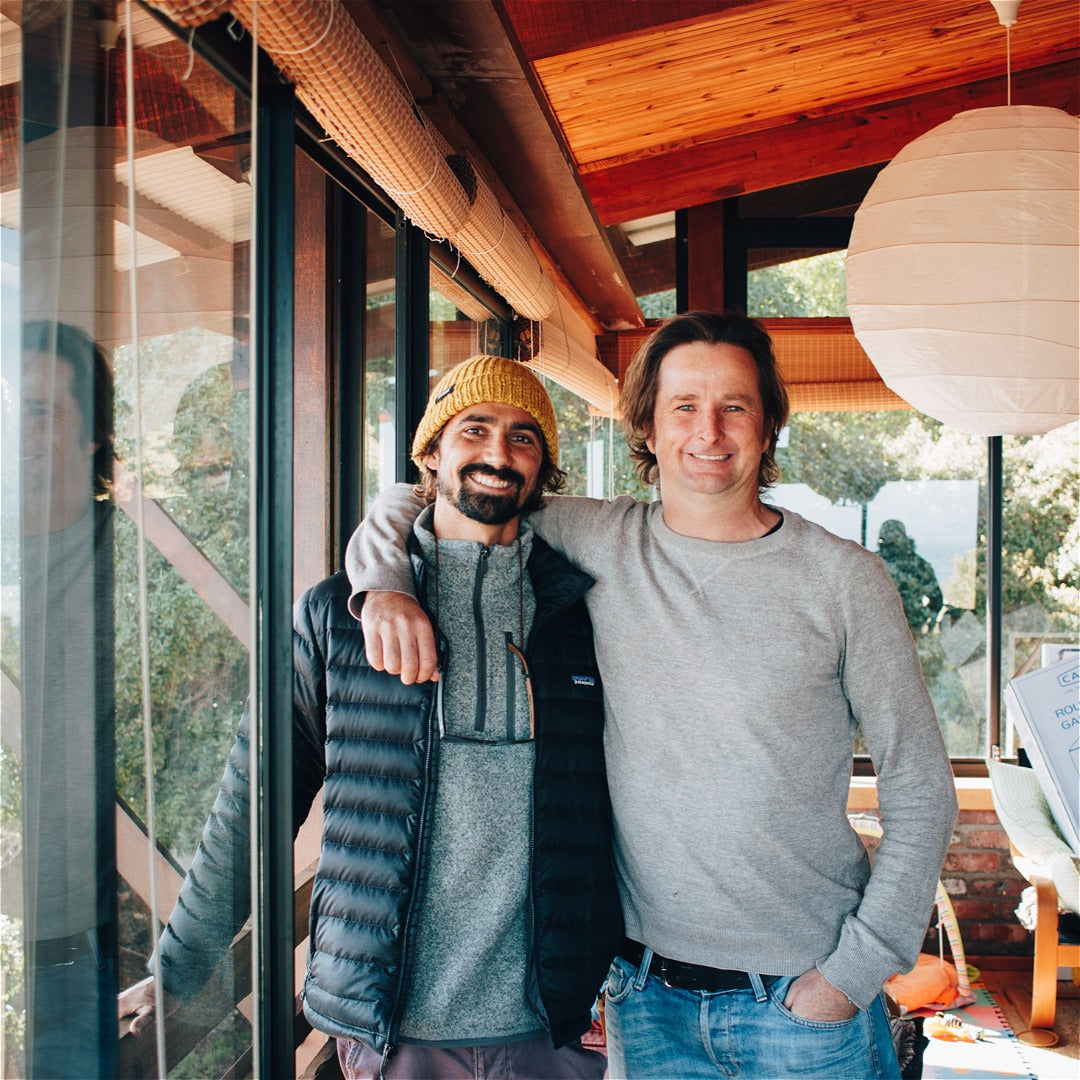By Julia Bass
Over the past year since I started, when I mention that I work for Sealand I usually got the same sort of response: “Sealand - they make things out of old sails right?”
I understand why there may be a bit of confusion. When I first Sealand started in 2016, we did indeed make bags out of old yacht sails; and billboards, and truck tarpaulins and stretch tents and advertising banners and old seatbelts. All of this waste was post-consumer, meaning it had been made and then used for its intended purpose. Then when it could no longer be used, it was discarded, which is where we came in. We took the discarded materials, and crafted them into unique one-off bags and accessories.
However, there are two big problems with using post-consumer waste. One, it's very difficult to know what, when and how much you’ll get. Two, it tends to be very dirty. We could wash the materials as much as possible, but the sails tended to get mould and marks that couldn’t be removed. We don’t mind this at all, as it added character to a bag, showing where its been and the life it's had, but as we’ve expanded into e-commerce and international retail, it becomes much harder to tell that story.

There is an alternative to using post-consumer waste that isn’t as commonly known; the waste that gets discarded before it can even be used. When a product or textile is found unfit or below a certain standard to fulfil its intended purpose, it is deemed B-Grade. The textile may be damaged in some way, creased or marked, or the dye colour might be slightly off. Alternatively, more was made then was needed, or there is too little left on a roll for it to be used. Whatever the reason, this fabric can sit around in warehouses until it is finally sent to landfill or incinerated.
The Yacht Sail we use more of now is either B-grade, or off-cuts generated from the manufacturer of larger sails. Other B-grade materials we make use of are Nylon Ripstop and SunnX Canvas. Both are strong and sturdy textiles designed for the outdoors. However, if you look inside any Sealand bag, you’ll still see a lining made from used advertising banners, a unique thumbprint on every item.

Diverting waste from landfill is one of the core pillars at Sealand. We partner with mills and textile manufacturers that produce high-quality outdoor-suited materials, so even when they can’t be turned into sails or tents or umbrellas, they can still make great bags. We couldn’t do this without the relationships we have with our suppliers. We take great care to nurture and grow them. They help us make high-quality products, and we ensure their waste doesn’t end up in a landfill.
So if you get a Sealand product and you’re wondering why it looks brand new, in a way it is, but it’s still upcycled and still made from waste. With that being said, we still use old sails and billboards, but they form part of our Old but Gold range that you can find in our own Experience store. If you are there, just ask for Old but Gold and you are guaranteed to get these one of a kind pieces.

Over time we’ve had to move away from some of our post-consumer waste products, but we’ve made sure that what it’s replaced with is the highest quality material and we feel confident that it will last a lifetime.





